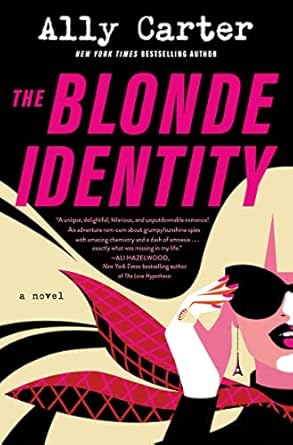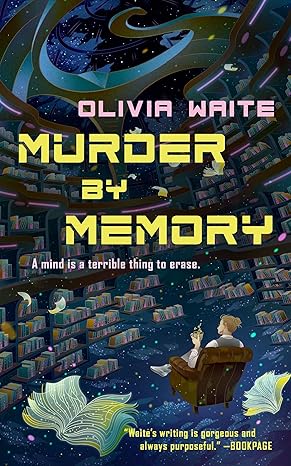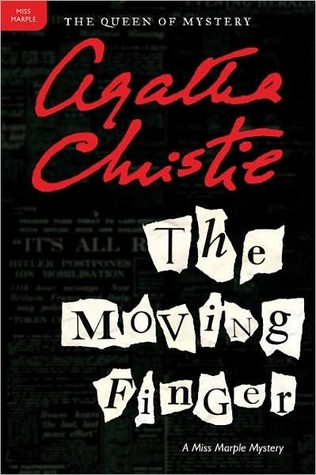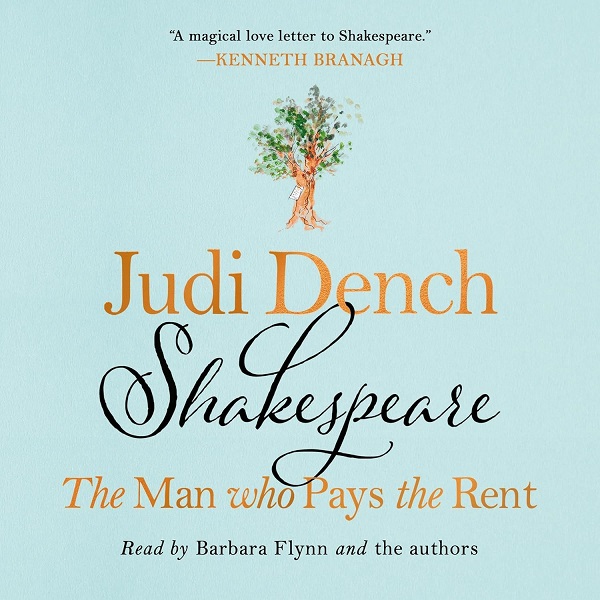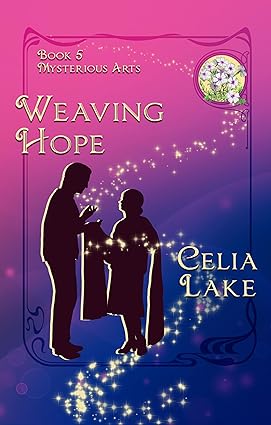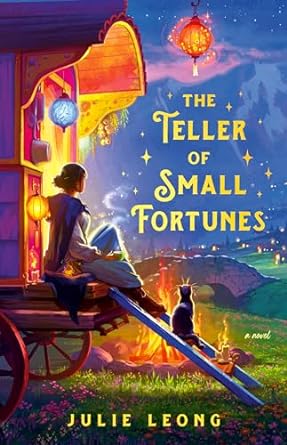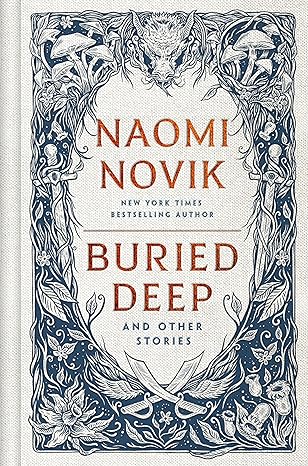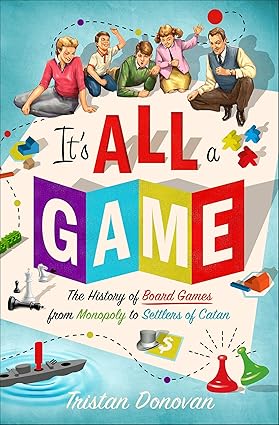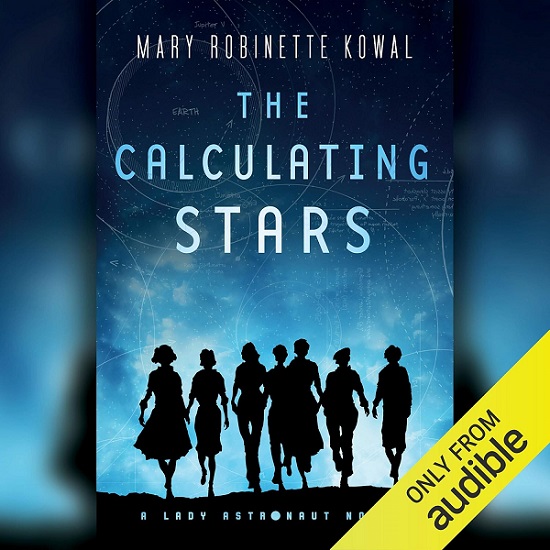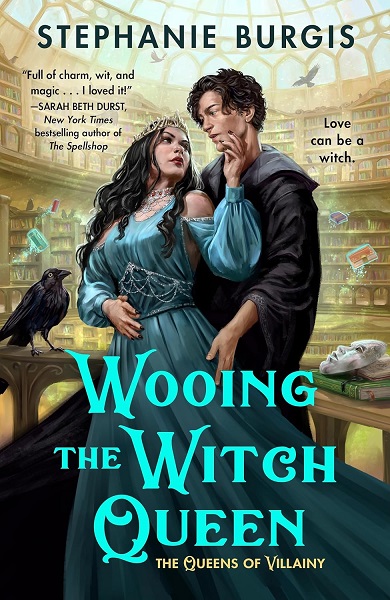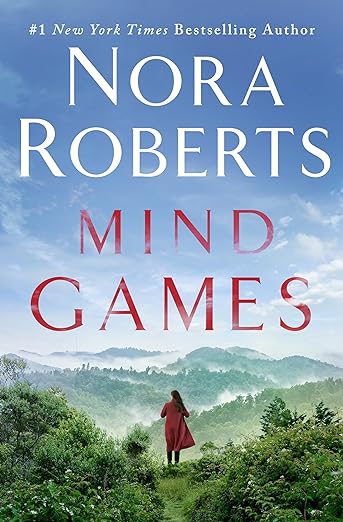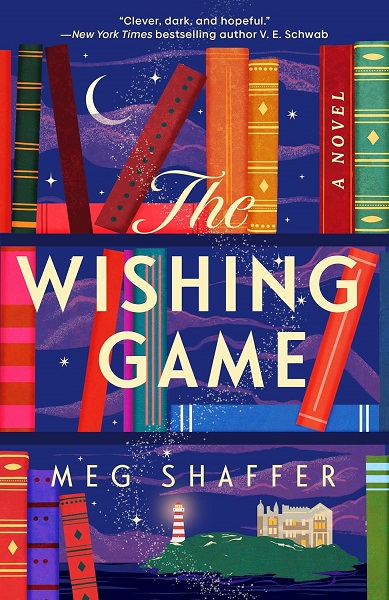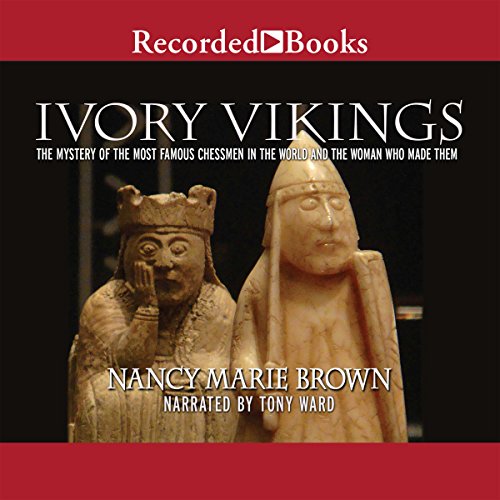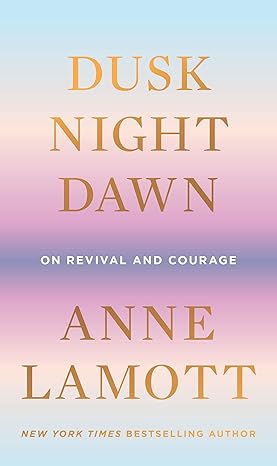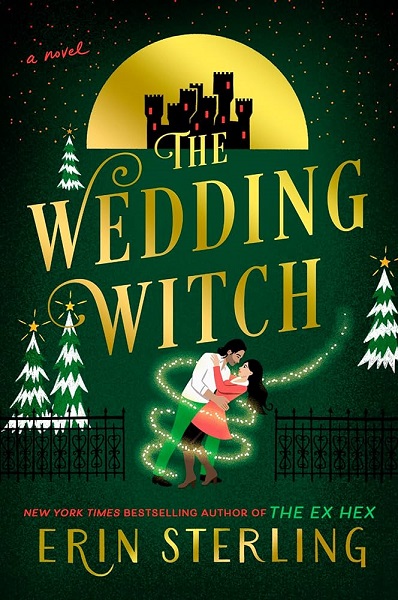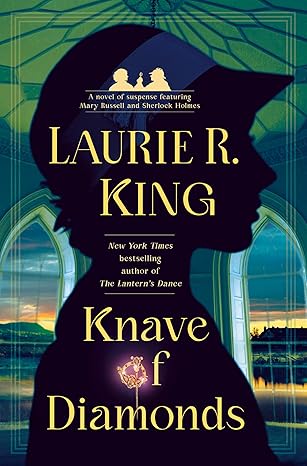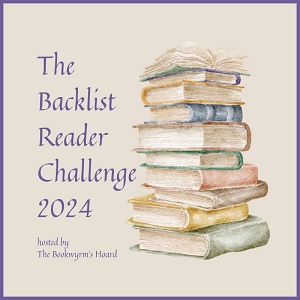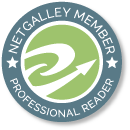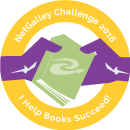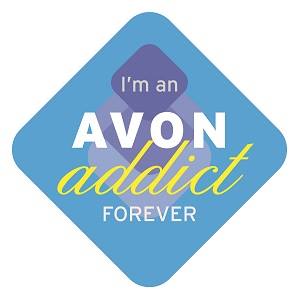Recently, my attention was drawn to a Boston Globe article about Cushing Academy, a New England prep school. It seems that headmaster James Tracy has made the decision to remove almost all books from the school’s library. The library will instead be a place where students can access information electronically. About 18 Kindles and Sony e-readers will be available to students as well. The school is keeping only “a few hundred” children’s books and their “valuable antiquarian works;” everything else will be discarded, from reference works to classics to science and history works. They are spending close to $500,000 on the new resource center, which includes a $50,000 coffee shop with a $12,000 cappucino machine. (Excuse me? They spent 5 times as much on the coffee shop than on the 18 e-book readers, which cost $10,000. Someone needs to rethink their priorities…)
The administration’s reasoning is that kids weren’t checking books out anyway. Their solution seems to smack of throwing out the baby instead of, rather than with, the bath water. Shouldn’t the school’s response have been to figure out how to get the kids to read the library’s books, rather than getting rid of them?
To be fair, Tracy and Cushing’s administration do feel that some reading is necessary. Teachers are planning to have students use electronic books as textbooks and for assigned class reading. That’s fine, assuming A) that all students can afford an e-book reader; B) that the school requires each student to have the same type of reader or can otherwise ensure that assigned reading is available for whatever device the student owns; and C) that the texts the teachers want to use are available as e-books at all.
There are, however, still some problems with this scenario. Most e-books don’t have functional indexes, and search functions aren’t always reliable, especially if you don’t know how to spell the search term (or don’t know what it is.) That can make using e-books for reference difficult and frustrating. It can also be challenging to find a particular paragraph or section again. For instance, I tend to remember that something I read was about halfway through the book, on the bottom half of the right-hand page. These physical landmarks are absent in an ebook, and skimming can be more difficult.
There’s another, larger issue here, however: the question of whether Cushing’s students are reading at all. The article cites the fact that only 48 books were checked out from Cushing’s library last year, and 30 of those were children’s books. This is an extremely distressing statistic for several reasons.
First, it appears that Cushing’s teachers do not require students to use print sources as well as the internet for their research. If the teachers have assigned research papers and projects at all, apparently the vast majority of Cushing’s students have been using the Internet as their main source of information. That means that the students are not learning how to access and document non-electronic information sources such as books and journals — something many of them will need to know when they reach college. I hope the teachers are at least teaching students how to distinguish between reputable and untrustworthy websites, but it takes maturity and some level of background knowledge to recognize that a piece of information is questionable when the source appears reliable.
Second, it is obvious that these students aren’t reading for pleasure either — which is not only fun, but is crucial to developing both reading skills and core cultural knowledge. Studies have shown that the more children and high school students read, the better they tend to do on standardized tests. Rather than interpreting the school library’s circulation statistics as an indication that students don’t need books in this electronic age, Cushing’s headmaster, librarian, and teachers should be interpreting them as a wake-up call to get the kids reading. There are all kinds of ways to encourage reading, from book groups to required book reports (on books chosen by students) to incentive programs like Accelerated Reader.
Incentive programs do work. When my daughter was in elementary school, the entire school used the AR program. Students read books of their own choosing, from an extensive selection of “AR” books. They then took a short computer quiz to verify that they had actually read the book, earning points based on comprehension and the book’s reading level and length. Once or twice a year, we held an “AR Store” where the students could redeem their points for prizes ranging from pencils, and superballs to board games and stuffed animals to cameras, CD players, and bicycles. The PTA provided funding for the prizes. Teachers were asked to support the program by making sure children had time to check out books and take the quizzes and by scheduling some in-class free-reading time on a daily or weekly basis. The program worked, in that it both encouraged non-readers to do at least some reading, and encouraged readers to read more and harder books to earn more points. I chaired the store for several years. It was clear to me that the students were enthusiastic about the program, and that some were now reading who had not been interested before.
Incidentally, I find it interesting that Cushing’s librarian and the chair of the math department were interviewed for the article, but the English teachers were not interviewed. I find it hard to believe that the English teachers weren’t up in arms against this move. The librarian seemed saddened; the math chair was enthusiastic, and plans to have her students do all assigned reading in e-books. (I assume she means the textbook; how much outside reading do most math classes require?!)
Finally, I don’t think Mr. Tracy realizes how many books *aren’t* available electronically — particularly children’s and YA books, both fiction and nonfiction. There are popular authors like J.K. Rowling, who refuse to let their books be published electronically. There are nonfiction books with pictures or maps which don’t translate well to electronic readers, but which are invaluable for information and for visual learners. There are, of course, all the wonderful illustrated children’s books, whose pictures will lose most of their appeal in an e-book’s gray-scale format. There are also a
Clearly, students who must rely on an electronic library for all their reading will miss out on some of the best and even some of the most popular children’s and young adult literature.









